Description of diseases of garden strawberries and methods of treatment
Diseases of strawberries or an invasion of parasites can destroy the result of many months of work in a few days. To preserve the plants, summer residents need to regularly inspect garden plantings and stay alert throughout the season. Observation and knowledge of the first symptoms of various infections will help to determine the specific threat.
Fungal diseases
Diseases of strawberries are associated with the sweet properties of the fruit and with the high vitality of fungi among the plant kingdom. Pathogens are resistant to temperature extremes, exist for a long time in the ground and endure winter frosts, spread by spores through the air, through dirty soles or garden tools.
The same combination of temperature range and humidity level is beneficial for both the plant and most pathogens. Rains against the background of a warm summer provoke an outbreak of the disease. But even drought does not guarantee protection: it is in dryness and warmth that verticilliasis is activated.
If individual diseases are noticed that regularly affect plantings, it is necessary to organize an early, point-like response to the threat.
Septoriasis
The disease is also known as white spot. Bordered spots appear on the foliage. Expanding in diameter, the spots pass from a brownish shade to a light ash and dull white, but a brown frame remains. Similar marks are visible on the petioles.
Control measures:
- soil cultivation with Bordeaux liquid in four stages: at the growing stage, during the budding period, after harvesting and before the conservation of the beds for the winter;
- two-time seasonal spraying: in spring - with "Ridomil" or "Euparen", and in the fall - with "Ordan".
Rhizoctonia
Leaves and root area darken to brown. The foci of infection are located underground: the fungus captures the roots and inhibits growth, the bush withers and dies.
An infected plant, if pulled upward with a little effort, comes out of the soil with a complete separation of the roots, covered with a coal-black bloom, therefore the disease is also called black rot.
Control measures:
- the use of biological compounds "Integral" or "Baktofit";
- treatment with chemical fungicides "Celest-Top", "Vivatax-200" or "Maxim".
Brown spot
The foliage on the upper side is covered with white specks, which then turn brown, spread and combine until a continuous brown bloom forms. Leaf plates turn yellow, wither and die off. The pathogen does not destroy the fruit, but disrupts the nutrition of the plant and leads to degradation.
Control measures:
- spraying with a solution of potassium permanganate (for a ten-liter container - less than 1 g, the color of the finished solution should be light pink);
- double top dressing of the soil with iodine-based solution: in the spring add 3 drops of iodine tincture to a bucket of water, and 15 drops before wintering.
Powdery mildew
At an early stage, whitish fibrous layers are found on the underside of the leaves. Later, plaque spreads and captures the plant, provoking rotting. The foliage shows brown spots or a color change up to purple, the leaves curl and dry out. The berries look misshapen and have a mushroom smell.
Powdery mildew emulsion:
- in fifteen liters of water, dissolve 30 g of laundry soap;
- dissolve copper sulfate and "Azocene" in the mixture in the same amount, add 15 g of "Topaz".
Important
Spraying the beds with chemicals is done before flowering and after picking the berries.
Gray rot
Gray layers, with a metallic sheen and terry texture, cover the fruit, along with sepals and stems. The disease progresses rapidly. Strawberries shriveled and rot on the inside.
Fight:
- spring, pre-growing season treatment with Bordeaux liquid at a concentration of 2-4 percent;
- autumn treatment with "Azocene".
Advice
The fungus infects berry and vegetable crops, therefore it can cause a massive epidemic in the garden.
Verticillary wilting
The foliage is covered with dark spots. The formed leaves from below die off first, the rest lag behind in development, wither and dry up. The plant degrades, remaining underdeveloped. When the roots rot, the bush dies. To check, you can cut the plant and examine the cut under a magnifying glass: the presence of brown veins indicates a disease.
The infection is suppressed with systemic antifungal drugs:
- Benorad;
- Benlat;
- Fundazol.
Late blight and fusarium wilting
Late blight - gray foliage wrinkles from the edges, bending down. The bush stays in growth and looks dwarf, the roots atrophy, and the axial cylinder acquires a reddish tint.
Fusarium - the leaves dry out from the edges to the middle, darken and dry out.
Fight:
- Before planting, treat the roots of seedlings with Agata-25K (7 g are dissolved per liter of water). Replacement - "Humata K", it is diluted per liter in the amount of 15 g;
- from the moment of sowing, the beds should be disinfected with Mikosan-V, Trichodermin, Phytocide or Fitosporin-M.
The procedures are similar to prevention, but are more sustainable due to the specific specialization.
Bacterial diseases
Pathogenic microorganisms penetrate the plant in the presence of external damage, injuries caused by pests or garden tools.
Ways of infection and consequences:
- Upper - bacteria enter with dust or water through microtrauma of leaves, stems, flowers. There is a bacterial burn, spontaneous wilting of the plant.
- Lower - bacteria are transferred from the ground or with water through root injuries. A bacterial cancer is formed, which means the formation of pathological growths on the roots. The bush stops growing, the foliage turns yellow, the fruits do not ripen.
Treating bacterial infections
The soil is treated against bacteria with Extrasol or a 1% solution of copper sulfate.
Viral infections
Strawberries can infect fourteen types of viruses, and several at the same time. Since the control and prevention measures differ little, it makes no sense to provide a complete list of pathogens.
The most harmful and common viral pathologies:
- Greening the petals - dwarf bush, the petals of a blossoming flower are distinguished by a green tone.
- Mottling - plant degeneration, lack of fruiting, foliage is covered with green traces.
- Rugosity - wrinkling of foliage, the appearance of spots.
- Edge yellowing - cessation of growth, yellow edging on crushed leaves.
Pathogens are transmitted through soil, water, aphids, nematodes, mites, seeds or pollen from diseased plants.
For antiviral cleaning of the land, "Farmayod" is suitable, but the diseases themselves cannot be cured. Infected bushes are simply removed and disinfected.
Parasitic infection
Strawberries attacked by pests can be saved only in the early stages. If the bush that the parasites eat is allowed to wither, then the plant will not bear fruit and will rot, destroyed by the pathogenic microflora.
Control methods:
- strawberry, spider mite- preparations "Neoron", "Fitoferm", as well as watering with infusion of onion husks, spraying with daily infusion from a decoction of fresh wormwood;
- raspberry-strawberry weevils - preparations "Kemifos", "Novoaktion", "Alatar", as well as infusion of wormwood or tansy, mustard powder emulsion, two-day infusion of pepper broth. Spray during the period of bud formation, in the evening, when bugs accumulate at the peduncle;
- nematodes - washing the seedlings with a pale solution of potassium permanganate or a strong solution of sodium chloride, followed by rinsing, as well as planting marigolds or calendula next to strawberries;
- aphid, thrips - the drug "Metaphos" or "Karbofos", the solution is not stronger than 0.2 percent, associated two-time treatment with a solution of "Tiodan" of the same concentration.
Advice
In any herbal infusion for spraying, dissolve a little laundry soap so that the mixture sticks to the leaves.
Preventing the epidemic
Infections destroy the strawberry bush for a period of 3 days to 2 weeks, having time to spread to neighboring plantings. It is impossible to completely cure the affected plant; it irreversibly becomes a carrier and carrier of the pathogen.
Elimination of the consequences of infection:
- Infected plants are urgently dug up together with a layer of earth adjacent to the roots, and then burned.
- The soil should be treated with a broad-spectrum fungicidal agent, for example, Trichoderma (aka Trichodermin).
Trichodermin has no toxic effect, therefore it is suitable for emergency use, regardless of the budding and ripening of berries. "Pharmayod" is used against viruses and bacteria.
A handful of infected soil from under the bush should be removed as far as possible from the site. It is forbidden to send diseased plants to compost. At the end, the garden tool is disinfected with half-percent chloramine.
Prevention
Since many diseases of strawberries are not amenable to treatment, preventive procedures are in the foreground:
- Grow strawberries in one place for no more than five consecutive years.
- Choose a place for the beds that is accessible to the sun and air flow.
- Observe the regime of disinfection of seeds, seedlings before planting. Effective exposure in a solution of potassium permanganate, a solution of sodium chloride and copper sulfate, garlic or ammonia water.
- Timely eliminate weeds on the site. Especially carefully clean the area before the winter season: matted foliage and rotten mulch become a breeding ground for fungi.
- Treat the soil with fungicides in the spring, summer and autumn seasons. Apply the preparations at the time of vegetation, before flowering and immediately after collecting strawberries.
- During the ripening period, mulch the ground under the bushes and between the rows with pine needles.
- Water strictly under the root, with settled water, without excess. Avoid sprinkling, application of cold water. When using water from open reservoirs - add Fitosporin-B and let it settle.
- When feeding, do not apply excess nitrogenous fertilizers. The abundance of nitrogen provokes the activity of microorganisms.
- Take a separate pair of shoes for gardening. Do not walk in the garden with shoes worn for hiking in the wilderness.
- Keep the tools and the tying strings clean and sterilize before use. Disinfect inventory used on someone else's site or in contact with diseased plants.
- Plant varieties with increased resistance to infections: Novelty, Roxana, Mice Schindler, Olivia, Ruby Pendant, Ducat.
- Cover the soil in the beds with agrofibre. The material is permeable to water and air, but blocks the ingress of gray mold spores from the soil onto the berries.
It is not recommended to supplement the soil in your own summer cottage with earth or sand collected from untested places. In extreme cases, the sand must be calcined, and the earth must be subjected to antifungal treatment. Purchase fertile soil in flower shops, and seedlings in nurseries.
Preserving the berry crop from pathogens and pests is a task that can be done even for an inexperienced gardener.Only regular and careful inspection of the beds and systematic care are required.
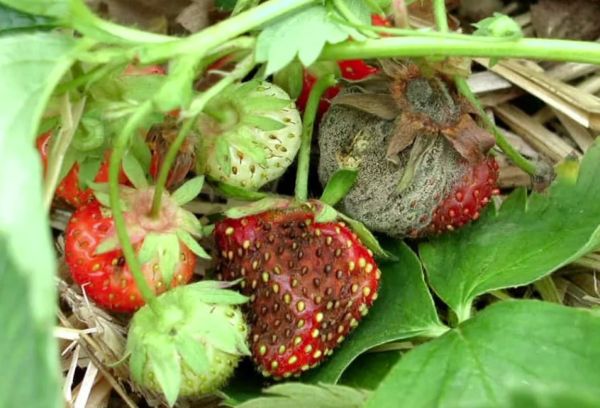
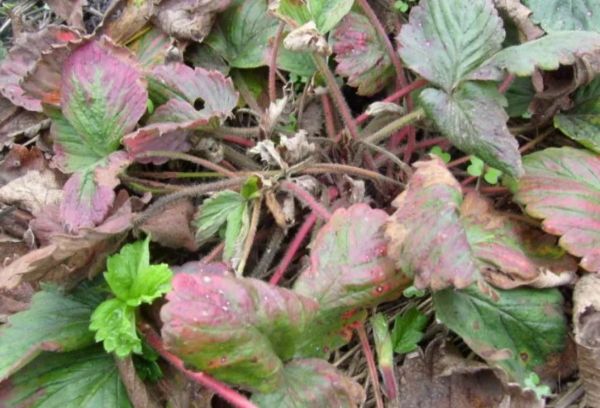
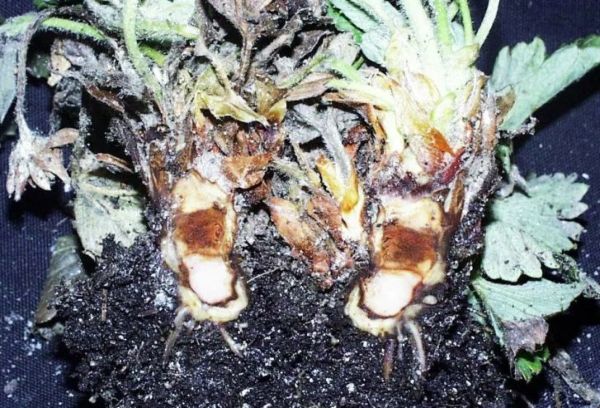
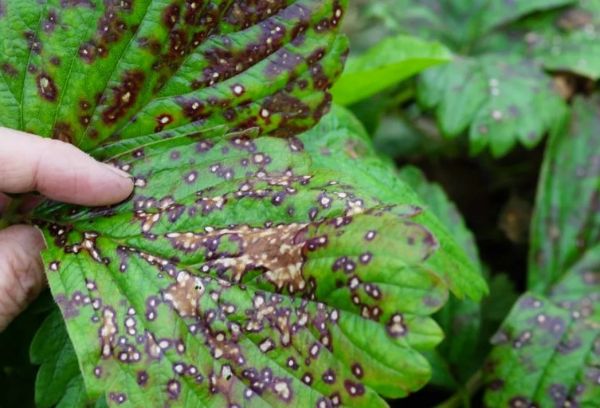
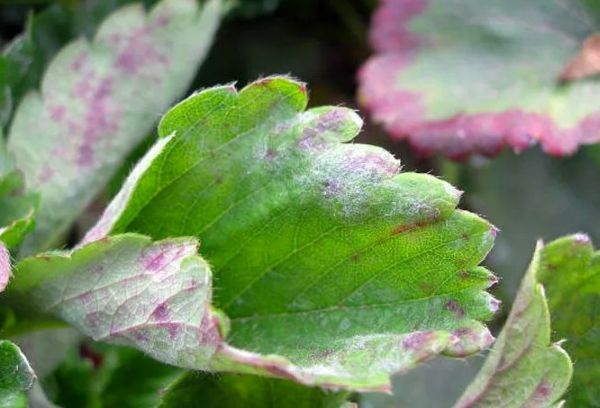
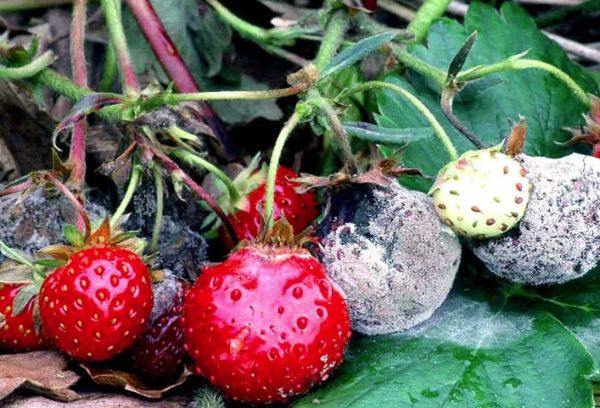
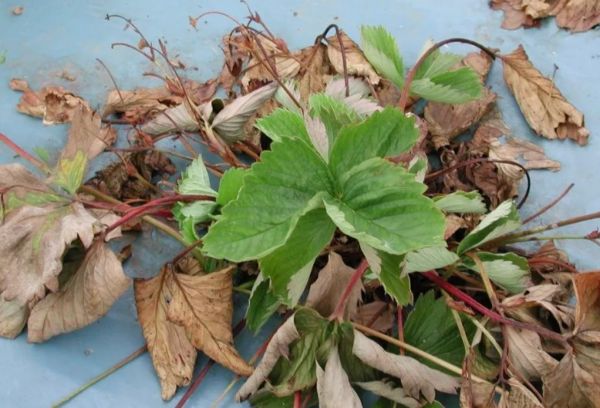
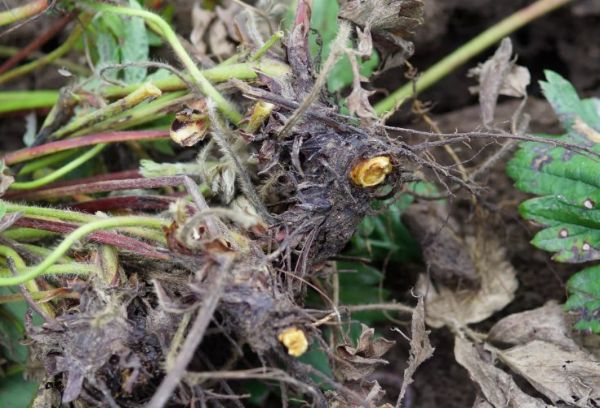
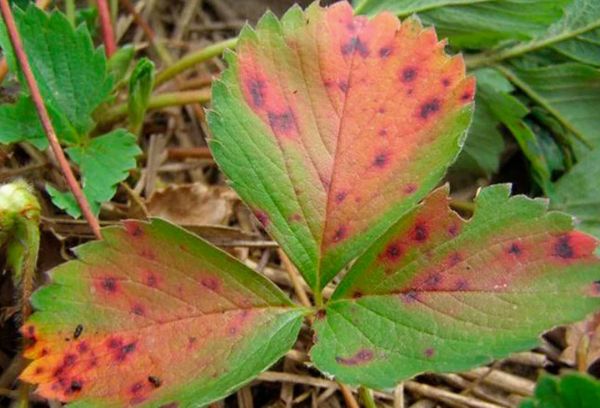
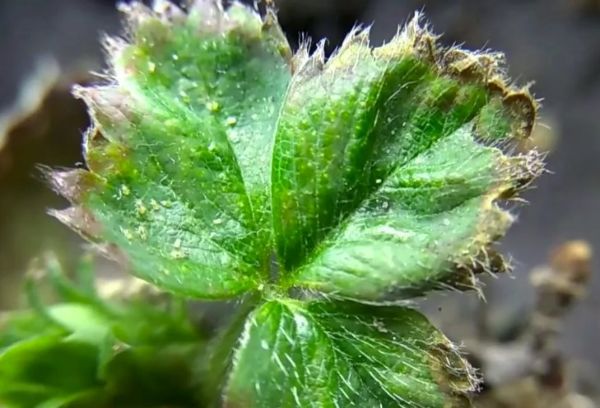
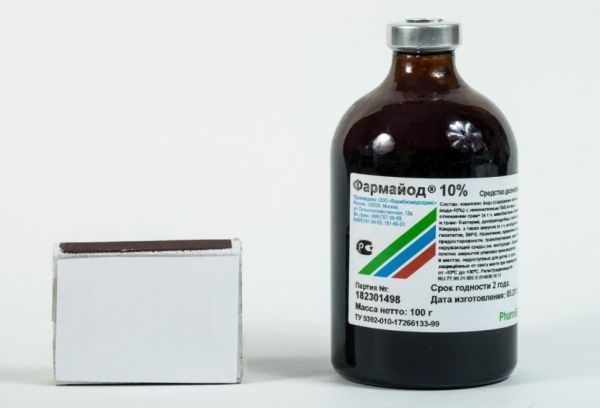
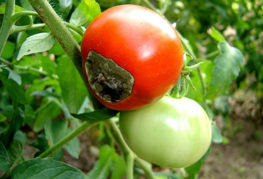
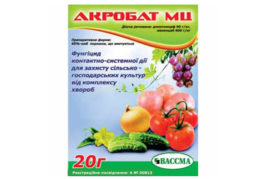
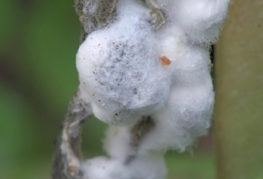
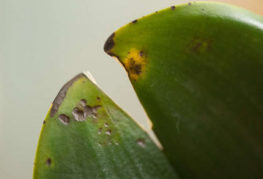
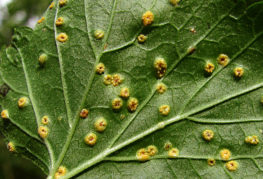
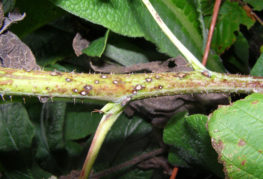
and will be published shortly.